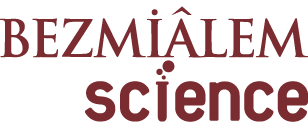ÖZET
Şiddetli akut solunum yolu enfeksiyonu-koronavirüs-2 (SARS-CoV- 2) olarak adlandırılan yeni bir koronavirüs (2019-nCoV), ilk olarak Aralık 2019’da Vuhan, Çin’de tespit edildi. SARS-CoV-2’nin neden olduğu COVID-19 oldukça bulaşıcıdır ve genel halsizlik, baş ağrısı, baş dönmesi, ateş, öksürük ve nefes darlığından akut solunum sıkıntısı sendromu ve multiorgan yetmezliği olan şiddetli hipoksiye kadar hafif ile şiddetli semptomlara sahiptir. Virüsün patofizyolojisinin belirsizliği ve hedefe yönelik bir tedavinin olmaması, doktorlar için hastalığı tedavi etmeyi çok zorlaştırır. Cordyceps sinensis ve Cordyceps militaris, Geleneksel Çin Tıbbında anti-enflamatuvar, immünomodülatör, akciğer iyileştirici ve antiviral fonksiyonları için kullanılan entomopatojenik mantarlardır. Bu nedenle, C. sinensis ve C. militaris için yapılan ileri araştırmalar, bu mantarlardan elde edilen çeşitli bileşiklerin düşünülen işlevlere sahip olduklarını kanıtlamıştır. Bu derleme, daha önce yapılan çalışmalar ışığında, C. sinensis ve C. militaris’in COVID-19 tedavisi için kullanılıp kullanılamayacağını tartışmayı amaçlamaktadır.



